Home>Maintenance & Safety>Safety Equipment & Products>What Should Be In A Home Safety Kit
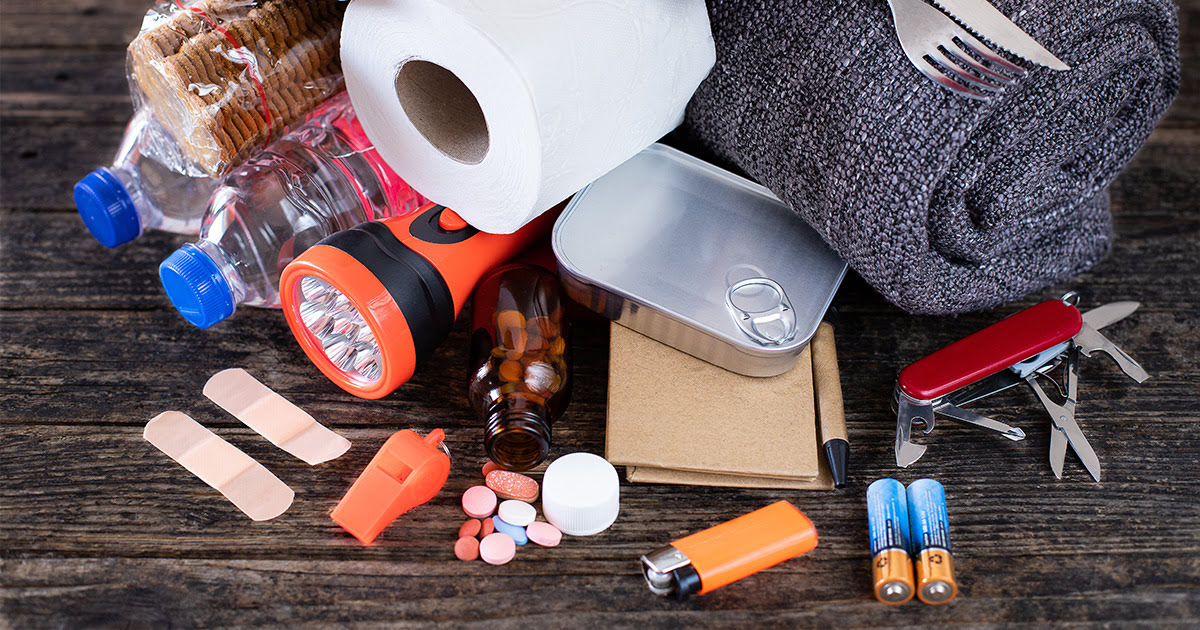

Safety Equipment & Products
What Should Be In A Home Safety Kit
Modified: January 18, 2024
Ensure your family's safety with the essential home safety kit. Find top-quality safety equipment and products to prepare for any emergency. Protect your loved ones today!
(Many of the links in this article redirect to a specific reviewed product. Your purchase of these products through affiliate links helps to generate commission for Storables.com, at no extra cost. Learn more)
Introduction
Read more: What Is A Home Safety Concern
Introduction
When it comes to keeping your home and family safe, preparation is key. No one wants to think about emergencies or disasters, but having a well-stocked home safety kit can provide peace of mind and essential support during unexpected events. Whether it's a power outage, a natural disaster, or a medical emergency, having the right supplies on hand can make all the difference. In this comprehensive guide, we'll explore the essential items that should be included in a home safety kit, ensuring that you are well-equipped to handle a wide range of situations.
From first aid supplies to emergency contact information, flashlights, and food supplies, each component plays a crucial role in safeguarding your household. By taking the time to assemble a comprehensive home safety kit, you are not only preparing for potential emergencies but also demonstrating a proactive approach to the well-being of your loved ones. Let's delve into the details of what should be in a home safety kit, empowering you to create a robust and reliable safety net for your home.
First Aid Supplies
Key Takeaways:
- Be Prepared for Anything
Assembling a home safety kit with first aid supplies, emergency contacts, flashlights, and more ensures readiness for unexpected events, promoting peace of mind and proactive family care. - Personalized Safety and Comfort
Including personal items like medications, hygiene products, and entertainment in your safety kit enhances comfort and addresses individual needs during challenging situations, promoting resilience and well-being.
First Aid Supplies
One of the most critical components of a home safety kit is a well-stocked first aid supply. Accidents and injuries can occur at any time, making it essential to have the necessary items to address minor wounds or provide initial care until medical help can be obtained. Here are the essential first aid supplies that should be included:
- Adhesive bandages of various sizes to cover cuts and scrapes.
- Gauze pads and medical tape for dressing larger wounds.
- Antiseptic wipes or hydrogen peroxide to clean and disinfect wounds.
- Antibiotic ointment to prevent infection in minor cuts and burns.
- Tweezers and small scissors for removing splinters and cutting bandages.
- Instant cold packs to reduce swelling and relieve minor pain.
- Non-latex gloves to protect the caregiver from bodily fluids and to maintain hygiene.
- Cotton balls and swabs for applying medication and cleaning wounds.
- Emergency blanket to keep an injured person warm and prevent shock.
- First aid manual to provide guidance on administering basic care.
It’s important to periodically check and replace items in the first aid kit to ensure that they are not expired and remain in good condition. Additionally, consider any specific medical needs of your household members, such as prescription medications or allergy treatments, and include them in the first aid kit as necessary. By having a well-equipped first aid supply, you can promptly address injuries and potentially minimize their impact on the well-being of your family.
Emergency Contact Information
Read more: What Is A Home Safety Walkthrough
Emergency Contact Information
Amidst an emergency, having quick access to essential contact information can be invaluable. Your home safety kit should include a comprehensive list of emergency contacts, ensuring that you can swiftly reach out for assistance when needed. Here are the crucial details to include in your emergency contact information:
- Local emergency services: Include the contact numbers for the nearest police, fire department, and medical services.
- Family and friends: List the contact information for close relatives, neighbors, and friends who can provide support or assistance during an emergency.
- Medical providers: Include the contact details for your family doctor, pediatrician, and any specialists you regularly consult.
- Utility companies: Note down the contact information for your electricity, gas, and water providers in case of service disruptions or emergencies related to these utilities.
- Insurance providers: Include the contact details for your home insurance company and any relevant policy numbers.
- Work and school: List the contact information for your workplace, your children’s school, and any additional educational institutions.
Consider creating both physical and digital copies of your emergency contact information. Keep a printed list in your home safety kit and store a digital version on your phone or in a cloud-based storage service for easy access. Additionally, ensure that all household members are familiar with the location of the emergency contact information and understand its significance during a crisis. By having this vital information readily available, you can streamline communication and access the support needed to navigate challenging situations effectively.
Flashlights and Batteries
Flashlights and Batteries
During power outages or emergencies that result in darkness, having reliable illumination is essential for safety and comfort. Including flashlights and an ample supply of batteries in your home safety kit ensures that you are prepared to navigate through low-light conditions and handle various tasks effectively. Here are some key considerations for selecting flashlights and batteries:
- Quality flashlights: Invest in durable, waterproof flashlights with long battery life and adjustable brightness settings. Consider including a combination of handheld flashlights and headlamps for hands-free illumination.
- Battery-powered lanterns: In addition to flashlights, portable lanterns powered by batteries or solar energy can provide broader area lighting and serve as a reliable light source for extended periods.
- Battery selection: Opt for high-quality, long-lasting batteries that are compatible with the flashlights and lanterns in your kit. Store extra batteries in a separate container to prevent corrosion and ensure they remain fully charged.
- Rechargeable options: Consider including rechargeable batteries and a solar-powered battery charger in your kit to minimize the need for disposable batteries and reduce long-term costs.
Regularly check the functionality of flashlights and the condition of batteries in your home safety kit, replacing any expired or depleted items as needed. It’s also beneficial to store your flashlights and batteries in a designated, easily accessible location within your home to quickly retrieve them during emergencies. By including reliable lighting solutions in your safety kit, you can effectively navigate through dark environments and carry out essential tasks with confidence.
Fire Extinguisher
Fire Extinguisher
A fire extinguisher is a fundamental component of home safety, providing a crucial means of defense against small fires and potentially preventing them from escalating into major emergencies. When selecting a fire extinguisher for your home safety kit, it’s essential to consider the following factors:
- Fire extinguisher type: Choose a multi-purpose, dry chemical fire extinguisher labeled as “ABC” to effectively combat fires involving wood, paper, flammable liquids, and electrical equipment.
- Size and weight: Select a fire extinguisher that is manageable and easy to handle, yet possesses sufficient capacity to address potential fire hazards in different areas of your home.
- Placement and accessibility: Install the fire extinguisher in key locations such as the kitchen, garage, and near potential fire hazards. Ensure that it is easily accessible and visible to all household members.
- Maintenance and inspections: Regularly inspect the pressure gauge and condition of the fire extinguisher, following the manufacturer’s guidelines for maintenance and recharging if necessary.
- User training: Familiarize yourself and your family members with the proper operation of the fire extinguisher, emphasizing the “PASS” technique (Pull, Aim, Squeeze, Sweep) for effective fire suppression.
It’s crucial to understand that a fire extinguisher is a supplemental tool and should be utilized only for small, contained fires. In the event of a larger or spreading fire, prioritize the safety of yourself and your family by evacuating the premises and contacting emergency services. By including a well-maintained fire extinguisher in your home safety kit and ensuring that household members are knowledgeable about its use, you can enhance your preparedness for fire-related incidents and contribute to a safer living environment.
Smoke and Carbon Monoxide Alarms
Smoke and Carbon Monoxide Alarms
Smoke and carbon monoxide (CO) alarms are indispensable devices that play a vital role in safeguarding your home and family from the dangers of fire and carbon monoxide poisoning. These early warning systems can provide critical alerts, allowing for timely evacuation and the mitigation of potential hazards. When assembling your home safety kit, ensure that it includes the following considerations for smoke and carbon monoxide alarms:
- Strategic placement: Install smoke alarms on every level of your home, including inside each bedroom and outside sleeping areas. Similarly, position carbon monoxide alarms near sleeping areas and on each level of the home, especially in proximity to fuel-burning appliances.
- Testing and maintenance: Regularly test the functionality of smoke and carbon monoxide alarms, replacing batteries at least once a year or as needed. Additionally, follow the manufacturer’s guidelines for periodic maintenance and sensor replacement.
- Interconnected alarms: Consider installing interconnected smoke and carbon monoxide alarms, allowing them to communicate with each other and sound simultaneously throughout the home when one alarm is triggered.
- Advanced features: Opt for alarms with advanced features such as long-lasting batteries, digital displays, and voice alerts, enhancing their effectiveness and user-friendliness.
It’s essential to prioritize the installation and maintenance of smoke and carbon monoxide alarms as integral components of your home safety measures. These alarms serve as early warning systems, providing valuable time to respond to potential threats and mitigate risks. By incorporating properly placed, regularly tested, and interconnected smoke and carbon monoxide alarms into your safety kit, you can significantly enhance the overall safety and preparedness of your home.
Emergency Whistles or Alarms
Read more: What Should Be In A Dog First Aid Kit?
Emergency Whistles or Alarms
Emergency whistles or alarms are effective tools for signaling distress and attracting attention during critical situations. Including these audible signaling devices in your home safety kit can be invaluable, especially in scenarios where verbal communication may be challenging or when immediate assistance is required. Here are the key aspects to consider when incorporating emergency whistles or alarms into your safety kit:
- High-decibel output: Select whistles or alarms that produce a loud and piercing sound, capable of cutting through ambient noise and alerting others to your location or distress.
- Durability and water resistance: Choose whistles or alarms constructed from robust materials and designed to withstand harsh conditions, including water-resistant or waterproof options suitable for outdoor use.
- Accessibility and portability: Ensure that the whistles or alarms are easily accessible and portable, allowing for convenient attachment to keychains, backpacks, or wearable gear for quick deployment when needed.
- Distinctive sound: Opt for whistles or alarms with a distinctive and recognizable sound, facilitating easy identification by potential rescuers or individuals in the vicinity.
When facing emergencies such as getting lost during outdoor activities or needing to signal for help in a confined space, emergency whistles or alarms can significantly enhance your ability to attract attention and communicate distress. By including these signaling devices in your home safety kit and familiarizing household members with their use, you can bolster your preparedness for unforeseen situations and improve your chances of receiving timely assistance.
Food and Water Supplies
Food and Water Supplies
In times of emergency or disaster, access to sufficient food and water is paramount for sustaining the well-being and resilience of your household. Including adequate provisions of non-perishable food and potable water in your home safety kit ensures that you are prepared to meet essential nutritional and hydration needs during challenging circumstances. Here are essential considerations for assembling food and water supplies in your safety kit:
- Non-perishable food items: Stock up on non-perishable food with a long shelf life, such as canned goods, dried fruits, nuts, granola bars, and ready-to-eat meals. Ensure that the food items are nutritionally balanced and can be consumed without requiring cooking or refrigeration.
- Water storage: Store a sufficient quantity of water for drinking and sanitation purposes, aiming for at least one gallon per person per day for a minimum of three days. Consider utilizing FDA-approved water storage containers or commercially bottled water for reliability.
- Special dietary needs: Take into account any specific dietary requirements or allergies within your household when selecting food items, and include specialized provisions as needed, such as infant formula, pet food, or dietary supplements.
- Utensils and supplies: Include disposable utensils, can openers, and eating implements in your kit to facilitate food consumption, along with resealable storage bags for portioning and preserving food items.
Regularly review and refresh the food and water supplies in your safety kit, replacing expired items and ensuring that the stored water remains uncontaminated and potable. Additionally, consider the inclusion of water purification tablets or filtration devices for supplementing your water resources in emergency situations. By thoughtfully preparing and maintaining adequate food and water supplies in your safety kit, you can promote the resilience and sustenance of your household during unexpected disruptions or crises.
Important Documents
Read more: What Is The Westmead Home Safety Assessment
Important Documents
Amidst emergencies or evacuations, having access to essential documents is crucial for ensuring continuity of vital information and facilitating recovery processes. Your home safety kit should encompass a collection of important documents stored in a secure and easily retrievable manner. Here are the key documents to include in your safety kit:
- Identification documents: Secure copies of government-issued identification, including driver’s licenses, passports, birth certificates, and social security cards for all household members.
- Financial records: Safeguard important financial documents, such as bank account information, insurance policies, deeds, mortgage documents, and investment records, in a waterproof and fire-resistant container.
- Medical records: Compile medical histories, prescription details, immunization records, and health insurance information for each family member, ensuring accessibility during medical emergencies or when seeking healthcare services.
- Emergency contacts: Create a list of contact information for family members, close relatives, neighbors, and essential service providers, storing both physical and digital copies for redundancy.
- Legal and personal documents: Include wills, power of attorney documents, marriage certificates, adoption papers, and any other legal or personal records that hold significance for your household.
It’s advisable to maintain the original documents in a secure location and store duplicates in your home safety kit, ensuring that they are readily available if the need arises. Additionally, consider utilizing digital storage solutions such as encrypted USB drives or cloud-based platforms to store electronic copies of important documents for added accessibility and protection. By including a comprehensive array of important documents in your safety kit, you can streamline essential information retrieval and safeguard critical records during unforeseen events.
Tools and Supplies
Tools and Supplies
Equipping your home safety kit with essential tools and supplies can significantly enhance your preparedness and ability to address a variety of situations effectively. Including versatile tools and multipurpose supplies ensures that you can tackle minor repairs, secure your surroundings, and manage unforeseen challenges with confidence. Here are the fundamental tools and supplies to consider incorporating into your safety kit:
- Multi-tool or Swiss Army knife: A compact, multi-functional tool that includes features such as blades, screwdrivers, scissors, and can openers, enabling a wide range of practical applications.
- Duct tape and rope: Versatile and durable, these items can be used for makeshift repairs, securing objects, creating shelters, and a multitude of other improvised solutions.
- Work gloves and protective gear: Sturdy gloves, safety goggles, and dust masks provide essential protection during cleanup and maintenance activities, safeguarding against injuries and airborne hazards.
- Tarpaulin or plastic sheeting: Useful for creating temporary shelters, protecting belongings from the elements, or covering damaged areas to prevent further deterioration.
- Basic hand tools: Include a selection of screwdrivers, pliers, adjustable wrenches, and a hammer to facilitate minor repairs, assembly tasks, and maintenance work.
- Whistle and signaling mirror: In addition to audible alarms, a whistle and signaling mirror can serve as supplementary tools for attracting attention and signaling for help in emergency situations.
Regularly inspect and maintain the tools and supplies in your safety kit, ensuring that they remain in good condition and are readily accessible when needed. Additionally, consider customizing the contents based on the specific needs and potential risks in your geographical area, such as including earthquake-resistant fasteners or specialized tools for weather-related contingencies. By thoughtfully assembling a diverse array of tools and supplies in your safety kit, you can bolster your readiness to address a broad spectrum of challenges and contribute to the overall resilience of your household.
Personal Items
Read more: What Should Be In A Kitchen First Aid Kit
Personal Items
Amidst the focus on practical supplies and provisions, it’s essential not to overlook the inclusion of personal items in your home safety kit. These items serve to enhance comfort, address specific needs, and provide a sense of familiarity and reassurance during challenging circumstances. Tailoring your safety kit to accommodate personal requirements contributes to a more comprehensive and supportive preparedness approach. Here are the key categories of personal items to consider including:
- Medications and medical supplies: Ensure an adequate supply of essential prescription medications, over-the-counter remedies, and medical aids specific to the needs of household members, along with a basic first aid manual.
- Comfort and hygiene items: Include personal hygiene products, such as toiletries, sanitary supplies, and hygiene wipes, as well as comfort items like blankets, a change of clothing, and sturdy footwear.
- Entertainment and communication: Incorporate items such as books, games, puzzles, or portable electronic devices with chargers to provide entertainment and maintain communication during extended periods of confinement or displacement.
- Pet and child supplies: If applicable, prepare for the needs of pets and children by including pet food, toys, diapers, and comforting items to support their well-being and alleviate stress.
- Important documents and valuables: Safeguard personal identification, financial documents, and valuables in a waterproof and fire-resistant container, ensuring that critical records and sentimental items are protected.
Regularly review and update the personal items in your safety kit to accommodate changes in household composition, individual needs, and seasonal considerations. Additionally, consider the unique preferences and requirements of each household member to tailor the contents of the safety kit accordingly. By thoughtfully incorporating personal items that address specific needs and promote comfort and well-being, you can enhance the resilience and adaptability of your household during challenging and uncertain situations.
Frequently Asked Questions about What Should Be In A Home Safety Kit
Was this page helpful?
At Storables.com, we guarantee accurate and reliable information. Our content, validated by Expert Board Contributors, is crafted following stringent Editorial Policies. We're committed to providing you with well-researched, expert-backed insights for all your informational needs.
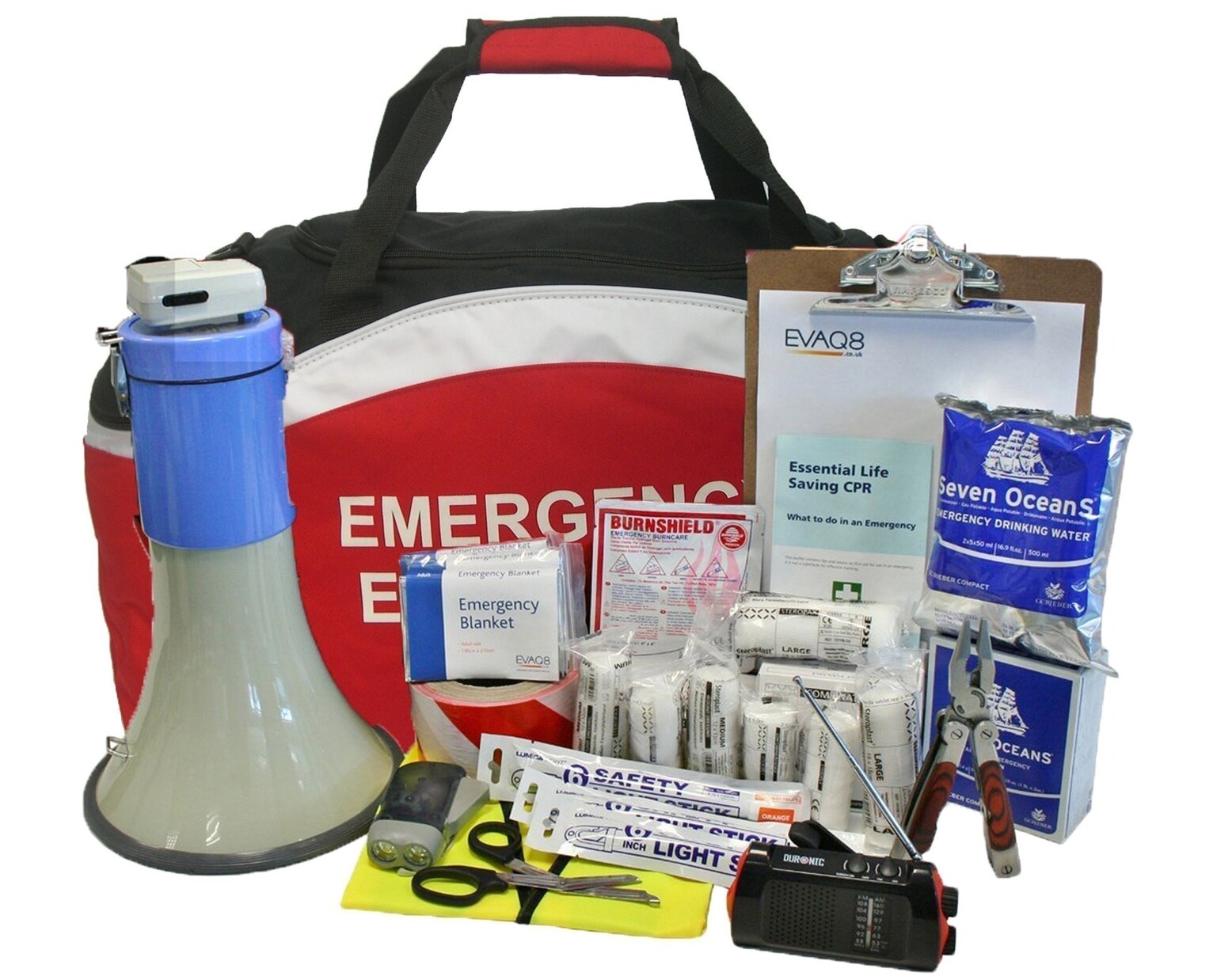

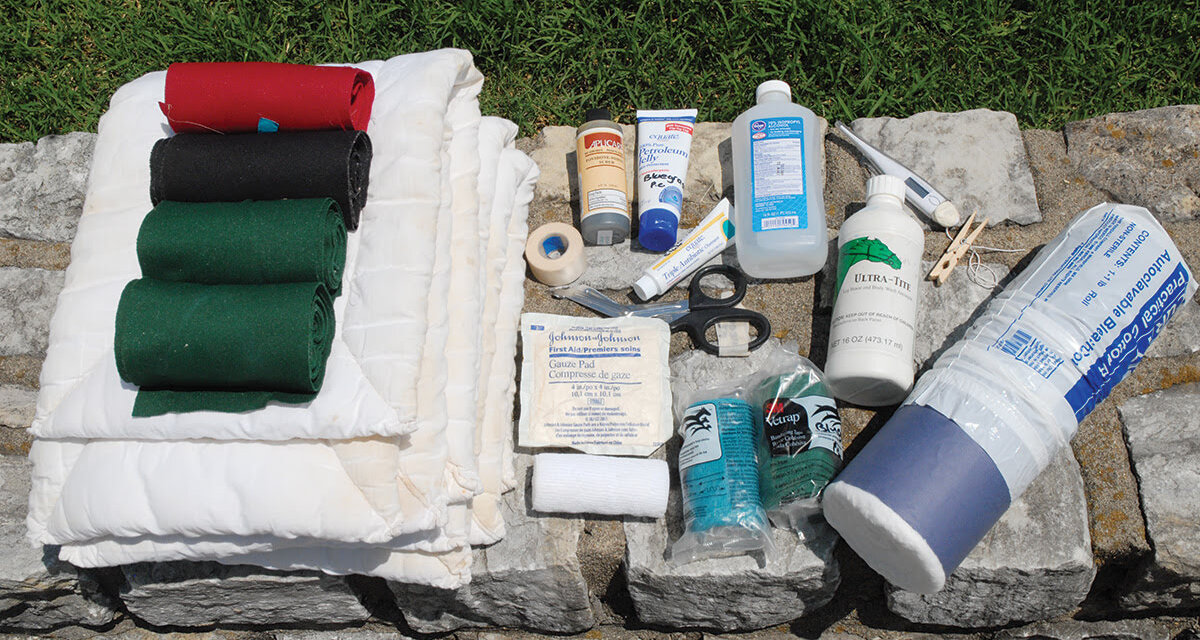
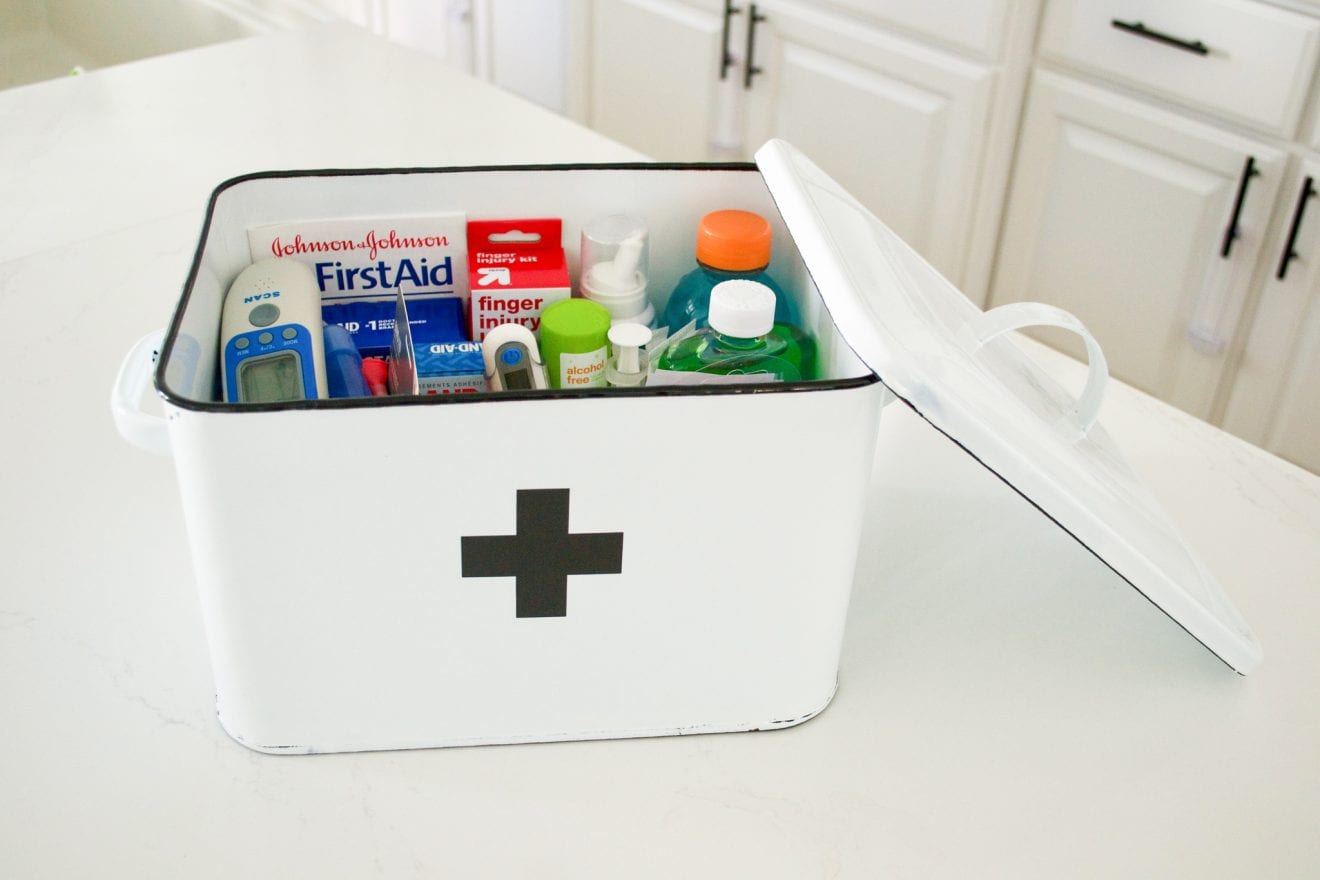


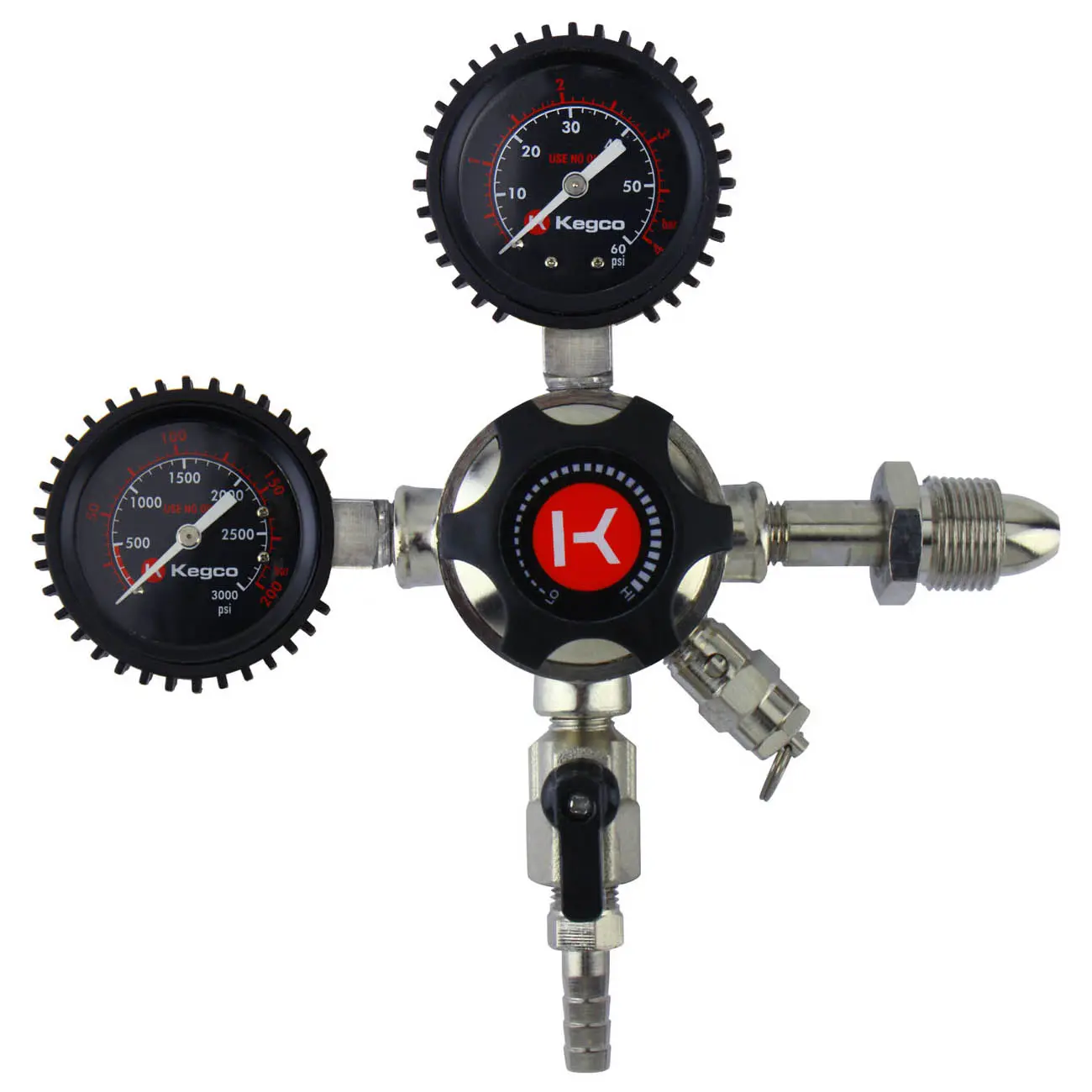
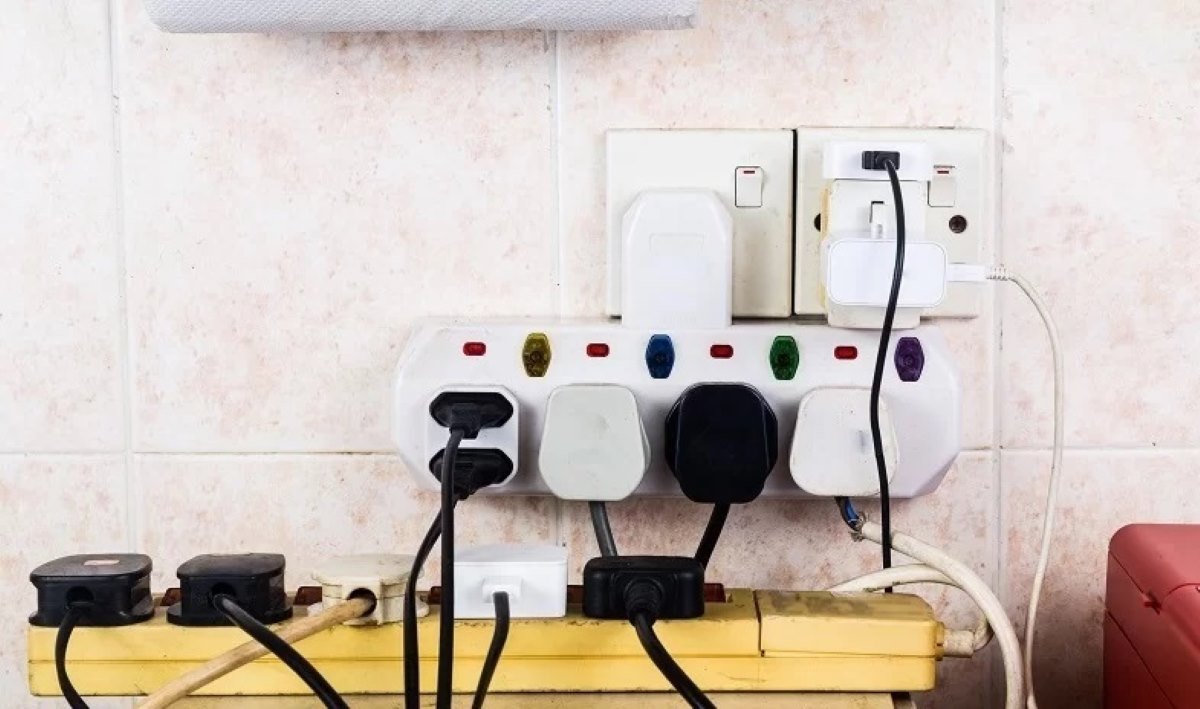
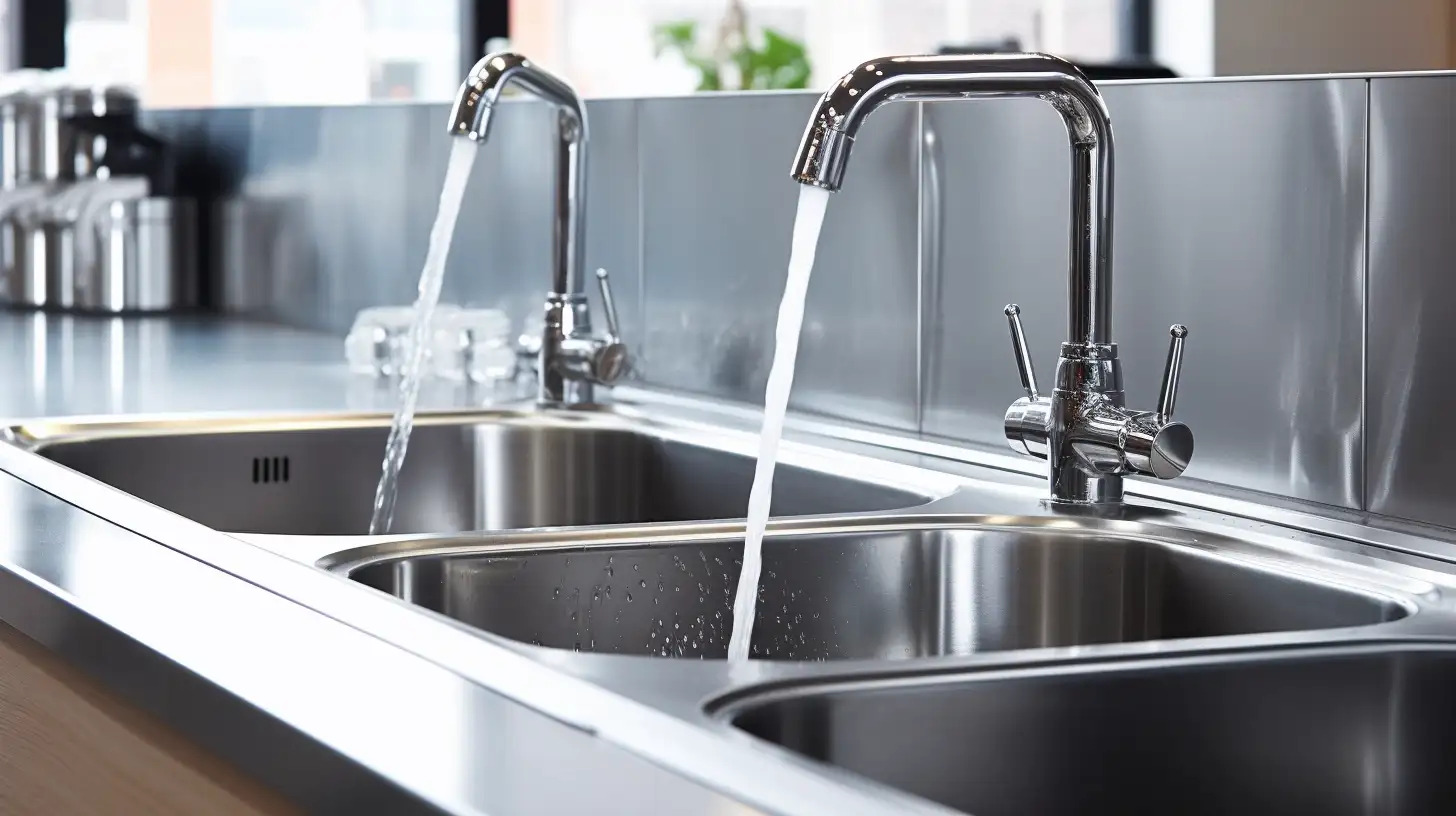
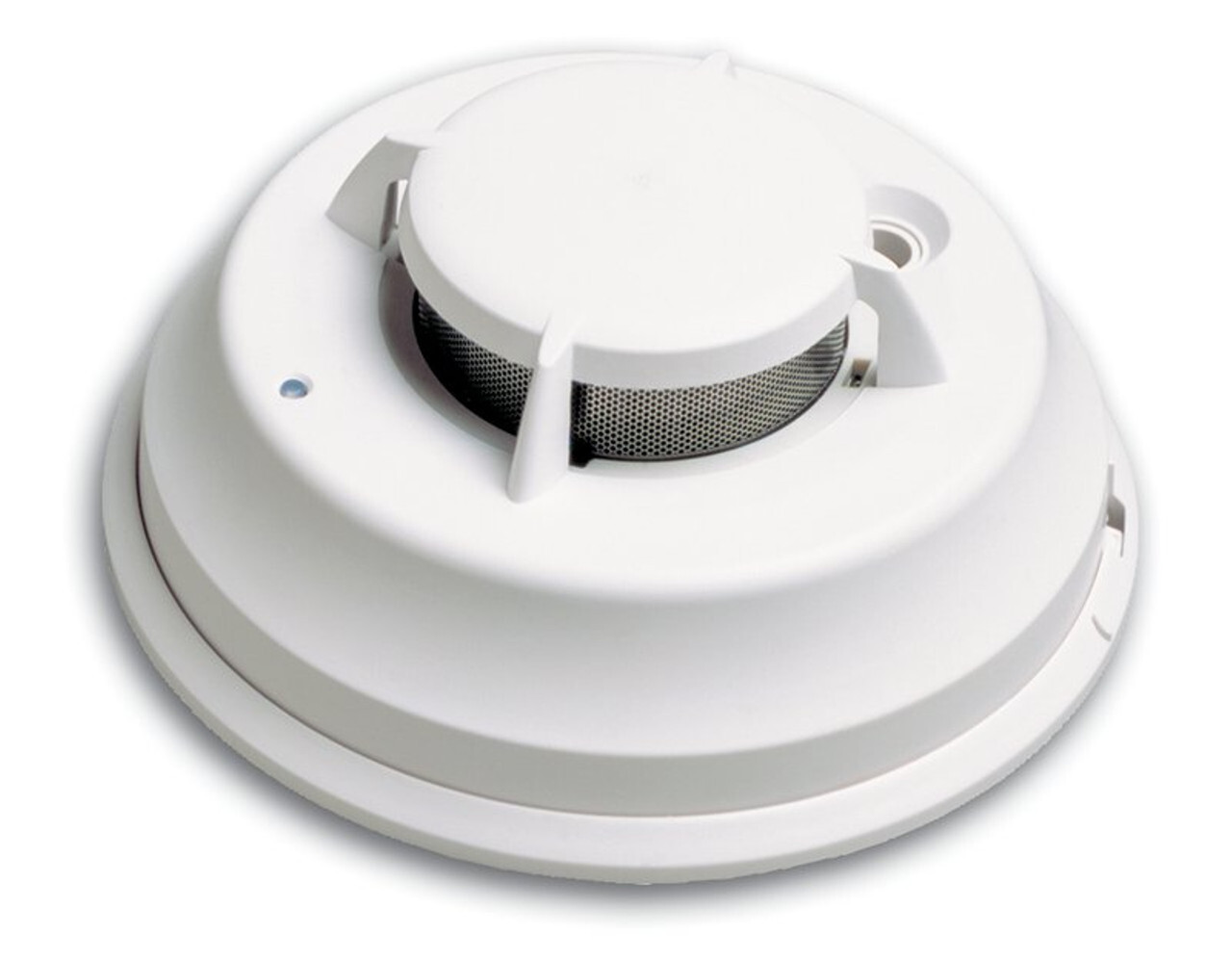

0 thoughts on “What Should Be In A Home Safety Kit”